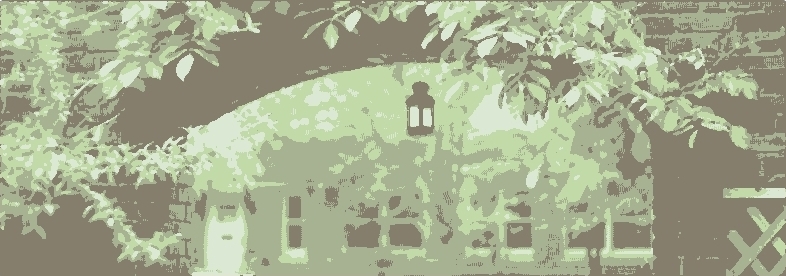'For all trees and shrubs: If needed, the best time to fertilize is late April or early May, or late fall once plants are dormant. The recommended fertilizer should be spread evenly across the soil surface. The amount of actual nitrogen applied should be 3 pounds (lbs) per 1,000 square feet.'
So how do you know if your trees need fertilizer? A tree may need fertilizer if:
1) it makes very little growth, even though it is established and there is adequate rainfall;
2) its leaves in midsummer do not have a good green color, but are yellowish;
3) its leaves gradually become smaller, year after year;
4) its leaves turn to their autumn color and drop in August or early September.
Trees benefit from all of the elements, but usually respond more to applications of nitrogen. Often there is adequate phosphorus in soils from previous fertility.
Trees planted in a lawn will benefit from the same fertilizer as put on the lawn, so if you have fertilized the lawn last spring or early fall, there is probably no need to fertilize trees planted in it. If not, a complete fertilizer (one such as 10-10-10 containing nitrogen-phosphorus-potassium), put on with a fertilizer spreader at 3 or 4 pounds for each 100 square feet, should be adequate. Just make sure you don't use a lawn fertilizer containing herbicides for broad-leaved plants. Such fertilizer may damage or kill your trees. For trees not planted in lawns, you may also broadcast fertilizer on the surface. Research has shown this to be effective, reaching tree roots, even in lawns. Or you may choose to root feed.
A common method of root feeding for home gardeners is to buy spikes of tree fertilizer and drive these down into the soil. Another method is to make holes in the soil with a crowbar, or similar tool, and pour fertilizer into these holes. Holes should be about 18 inches deep and 1-1/2 to 2 feet apart. They should start about 6 feet out from the trunk of older and larger trees, and extend out about 6 feet beyond the spread of the branches. For younger trees, make holes about every two to three square feet
For a fertilizer containing 10 percent nitrogen (such as 10-8-6), use 2 pounds for each inch of trunk diameter, measured at waist height. So a tree with a 10-inch diameter should receive 20 pounds of fertilizer.
Another method of root feeding is to use a tube you attach to the hose. On the hose end is a container to add fertilizer tablets. Simply push into the ground, turn on the water, and the fertilizer solution is injected into the root zone. Use similar spacing as above. This is the method usually used by tree care professionals. Such wands can be found in complete garden centers, and specialty garden supply catalogs.
1/26/16
1/19/16
Feeling down? Then get dirty...Soil is the new Prozac
It’s official, soil microbes have been found to have similar effects on the brain and are without side effects of anti depressents or the chemical dependency potential. So if you are feeling a bit blue, get digging!
Mycobacterium vaccae has indeed been found to mirror the effect on neurons that drugs like Prozac provide. The bacterium is found in soil and may stimulate serotonin production, which makes you relaxed and happier.
1/10/16
Grow Your Veggies?
Anyone else interested in turning one of the back courtyard plots into a vegetable garden? I think this spring may be our chance, because the Norway Maple is down, letting in a lot more sun. Here's my idea about how to do it:
1. We'd dig up the ivy and other ground cover in the bed closest to the entrance/elevator. (I can't remember the number and can't find the map. Can someone help me out?) Do people think that will get enough sun? With the sun being much higher in the sky during the summer, I am betting yes. We could move the ground cover and shrubs that are there to the curb strip along East 18th Street, which we should try to revive.
2. We'd probably need to put some sort of chicken wire around it to keep animals out.
3. We'd need to figure out a way to determining who could be a part of the veggie club. I recommend this: if you volunteer to move some of that ground cover and prepare the soil both on East 18th and in the garden plot, you get a few square feet to plant. (The size of the individual plots will be determined by the number of participants.) We could do this over two weekends and make allowances for anyone who really wanted to partake but couldn't make either date.
4. The exchange of ground cover for vegetables would be ideal from a cost perspective: we wouldn't need to buy much, or any, ground cover for East 18th ... and vegetable seeds are cheap. Plus, if the ivy is left where it is, I am worried it will burn from the excess sunlight.
Another idea: let's plant another tree on the East 18th Street curb strip ... perhaps move the bush that's there and put it there, to the south of the lamp post? Another tree would provide more shade for that section of the strip, preventing the new ground cover from burning.
What do you think? Chime in on comments below.
Subscribe to:
Comments (Atom)
